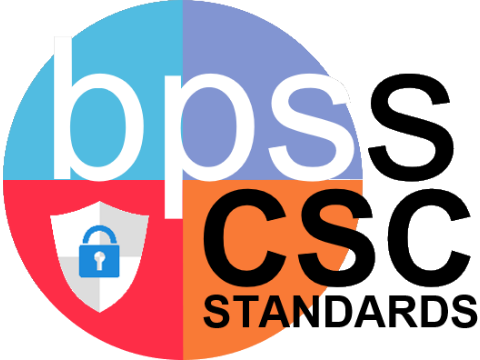Kindergarten
| Computional Thinking |
CSC-00.CT_DCA.1
Kindergarten (CSC) Computer Science and Cybersecurity Standard
Computational Thinking: Data Creation & Analysis Data can be collected, used, and presented with computing devices or digital tools. CSC-00.CT_DCA.1 With guidance, draw conclusions and make predictions based on picture graphs or patterns with or without a computing device.Student Learning Targets:Knowledge Targets
Reasoning Targets
Skills (Performance) Targets
Product Targets
Proficiency ScaleThe Student ...1 Beginning... with help, demonstrates a partial understanding of some of the simpler details and processes (Score 2.0 content) and some of the more complex ideas and processes (Score 3.0 content).
2 Developing... demonstrates no major errors or omissions regarding the simpler details and processes but exhibits major errors or omissions regarding the more complex ideas and processes (Score 3.0 content).
3 Proficient“The Standard.”... demonstrates no major errors or omissions regarding any of the information and processes that were end of instruction expectations.
4 Advanced... demonstrates in-depth inferences and applications regarding more complex material that go beyond end of instruction expectations.
ResourcesVocabulary
Websites
| |
CSC-00.CT_DD.1
Kindergarten (CSC) Computer Science and Cybersecurity Standard
Computational Thinking: Development & Design Design processes to create new, useful, and imaginative solutions to solve problems. CSC-00.CT_DD.1 With guidance, create programs to follow a sequence.Student Learning Targets:Knowledge Targets
Reasoning Targets
Skills (Performance) Targets
Product Targets
Proficiency ScaleThe Student ...1 Beginning... with help, demonstrates a partial understanding of some of the simpler details and processes (Score 2.0 content) and some of the more complex ideas and processes (Score 3.0 content).
2 Developing... demonstrates no major errors or omissions regarding the simpler details and processes but exhibits major errors or omissions regarding the more complex ideas and processes (Score 3.0 content).
3 Proficient“The Standard.”... demonstrates no major errors or omissions regarding any of the information and processes that were end of instruction expectations.
4 Advanced... demonstrates in-depth inferences and applications regarding more complex material that go beyond end of instruction expectations.
ResourcesVocabulary
Websites
| |
CSC-00.CT_PSA.1
Kindergarten (CSC) Computer Science and Cybersecurity Standard
Computational Thinking: Problem Solving & Algorithms Strategies for understanding and solving problems. CSC-00.CT_PSA.1 With guidance, determine if a program works.Student Learning Targets:Knowledge Targets
Reasoning Targets
Skills (Performance) Targets
Product Targets
Proficiency ScaleThe Student ...1 Beginning... with help, demonstrates a partial understanding of some of the simpler details and processes (Score 2.0 content) and some of the more complex ideas and processes (Score 3.0 content).
2 Developing... demonstrates no major errors or omissions regarding the simpler details and processes but exhibits major errors or omissions regarding the more complex ideas and processes (Score 3.0 content).
3 Proficient“The Standard.”... demonstrates no major errors or omissions regarding any of the information and processes that were end of instruction expectations.
4 Advanced... demonstrates in-depth inferences and applications regarding more complex material that go beyond end of instruction expectations.
ResourcesVocabulary
Websites
| |
CSC-00.CT_PSA.2
Kindergarten (CSC) Computer Science and Cybersecurity Standard
Computational Thinking: Problem Solving & Algorithms Strategies for understanding and solving problems. CSC-00.CT_PSA.2 Use trial and error in attempt to solve a problem.Student Learning Targets:Knowledge Targets
Reasoning Targets
Skills (Performance) Targets
Product Targets
Proficiency ScaleThe Student ...1 Beginning... with help, demonstrates a partial understanding of some of the simpler details and processes (Score 2.0 content) and some of the more complex ideas and processes (Score 3.0 content).
2 Developing... demonstrates no major errors or omissions regarding the simpler details and processes but exhibits major errors or omissions regarding the more complex ideas and processes (Score 3.0 content).
3 Proficient“The Standard.”... demonstrates no major errors or omissions regarding any of the information and processes that were end of instruction expectations.
4 Advanced... demonstrates in-depth inferences and applications regarding more complex material that go beyond end of instruction expectations.
ResourcesVocabulary
Websites
| |





